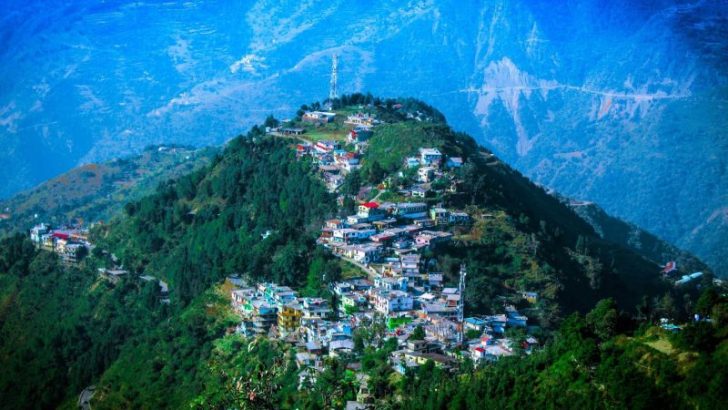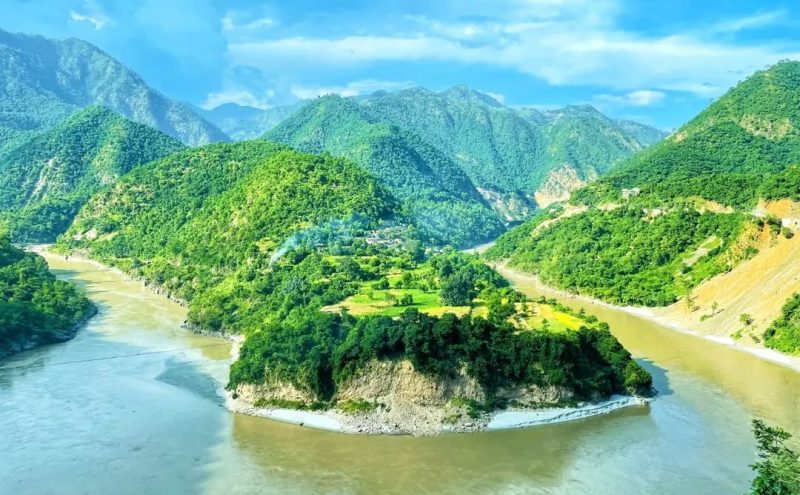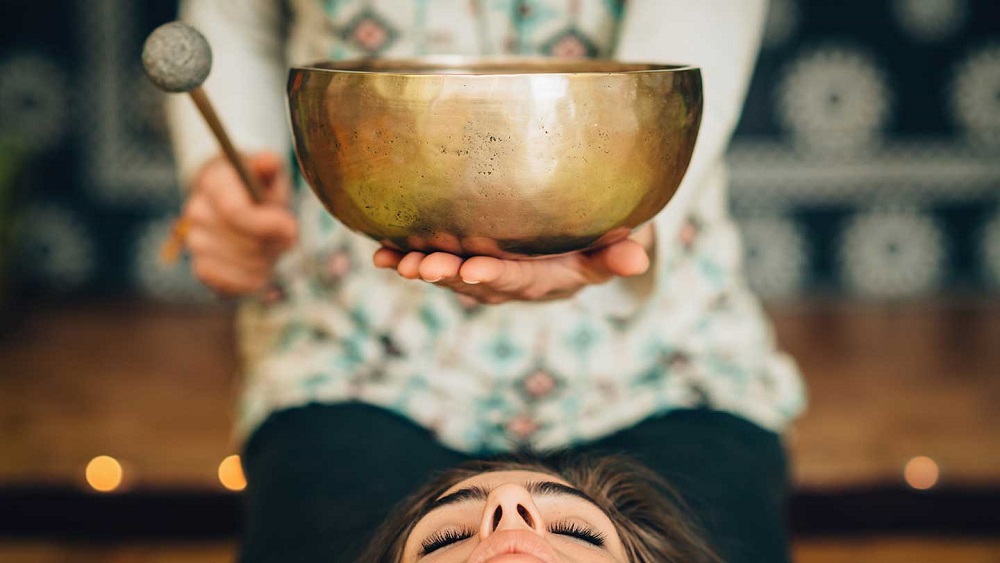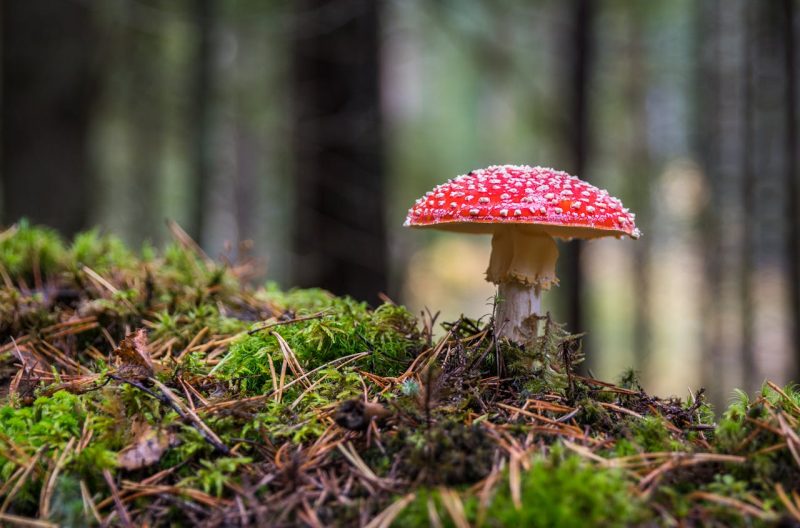Wellness is becoming a way of life in Uttarakhand, India. From the banks of the Ganges in Rishikesh to the snowy slopes of Auli, this northern Indian state has found its rhythm as a serious player in global wellness tourism.
At first glance, Uttarakhand looks like a spiritual escape. But spend a few days here and you will realize it is more than that. It blends ancient wisdom with modern comfort. It gives you peace, but doesn’t leave out the adventure. And most importantly, it makes wellness accessible, without selling you a luxury fantasy you can’t afford.
People fly from across the globe to sit in silence at its ashrams or move through sun salutations with the Ganges flowing nearby. Haridwar, just down the road, remains one of India’s holiest towns, drawing millions who believe in cleansing both body and spirit.

Uttarakhand / IG / Wellness begins at the source, and Uttarakhand has plenty of it. Rishikesh isn’t called the "Yoga Capital of the World" for nothing.
The state has doubled down on its ancient strengths. Policies like the Uttarakhand AYUSH Policy 2024 and India’s first Yoga Policy 2025 are setting the stage. These plans fund Ayurvedic centers, support herbal farming, and push the state to become a full-service healing destination. Five global yoga hubs are in the works.
Tibetan Touch and Healing Science
One of the lesser-known secrets? Tibetan wellness practices are thriving here. High-end retreats like Six Senses in Dehradun offer Sowa Rigpa, an ancient Tibetan healing system that is nearly extinct outside Ladakh and the Himalayas.
Guests come for full-body detox, soul-level rest, and something you can’t download on an app: stillness.
The government isn’t just watching from the sidelines. Schools now include AYUSH methods. Rural areas have “wellness villages” called AYUSH Grams, where locals grow herbs, treat ailments, and welcome guests into their world.
A $1.5 Billion Investment in Wellness
That is right! Uttarakhand has signed MOUs worth over ₹12,500 crore (around $1.5 billion) to boost its wellness infrastructure. The money goes into green buildings, mountain retreats, and sustainable tech. Eco-friendly projects get extra support. Investors see potential, and the government is making it easy to get involved.
This funding has changed the game. Now, boutique resorts and yoga schools aren’t just in the big cities. They are tucked into the hills, away from crowds. You will find luxury without excess, architecture that fits the landscape, and staff trained from nearby villages.

Uttarakhand / IG / Hill towns like Almora and Kausani are cashing in on their natural calm. Instead of hotels that scream “tourist trap,” you get wooden villas, fire pits, and views that hit pause on the noise in your head.
Wellness in Every Season
Uttarakhand has also found a clever way to fix one big tourism problem: the off-season. Most travelers come in spring and fall, but now there is a push to promote winter wellness. Places like Auli offer ski retreats. New campaigns focus on "Gham Tapo" tours, sunbathing for vitamin D therapy.
That shift means more jobs, more visitors, and more reasons to stay longer. Trekking in the snow? Check. Hot Ayurvedic treatments after a chilly day outside? Also check. Wellness here is flexible, real, and not stuck in one season.
These towns are pioneers of slow travel. There is no rush, no checklists, just long walks, good food, and time to think. This is what wellness should feel like, and Uttarakhand gets it.
Another fresh angle? Indigenous wellness. Tribal groups like the Tharus, Bhutiyas, and Rajis are active keepers of healing traditions. Visitors are welcome into their homes, their rituals, and their ways of using nature to heal.
You won’t find this in a spa. These communities use herbs from the forest, chants passed down through generations, and food that restores the body slowly.















